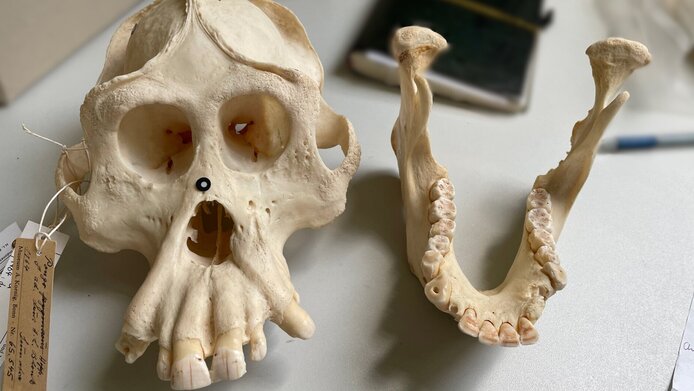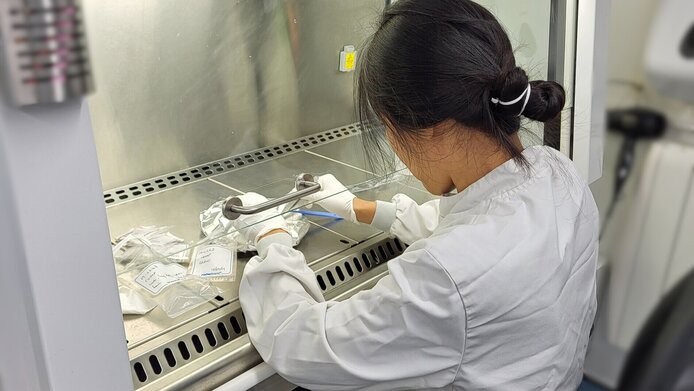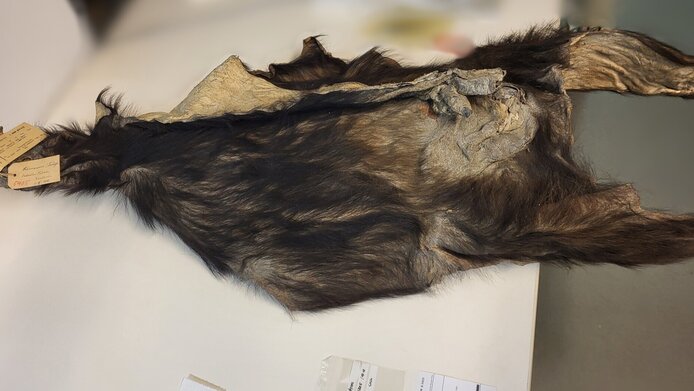The small proportion of viruses was then concentrated and isolated in a so-called enrichment process. Once enriched, the viral RNA was again compared with known sequences in a database in order to assemble them into as large a proportion of a genome as possible – comparable to putting together a jigsaw puzzle. A positive control showed that the method basically works : the team were able to reconstruct two thirds of the genome of a non-historical sample of a measles pathogen, an RNA virus, using it . In the case of the Mpox DNA virus, formerly known as “monkeypox”, they could even obtain the entire genetic information.
RNA needle in the DNA haystack
The result from the almost 100 samples showed how much good luck is involved in finding reconstructable RNA fragments. “We found RNA viruses that infect bacteria, so-called bacteriophages, but these are of little relevance to the research issue. Also, some results were not very reliable and presumably produced false positive findings,” notes Kuhlwilm. “On the other hand, we were able to identify with a high degree of certainty a pathogen related to measles: the canine distemper virus, which usually infects cats and dogs. But here, too, there were only a few fragments that make up just one percent of the virus genome.”
On the other hand, they also found no more than a handful of DNA viruses. For Kuhlwilm, the findings show that museum specimens are only to a limited extent good targets for the search for RNA viruses. “Many of the old specimens do not come from the wild, but from zoos. RNA is best extracted from skins, and these items are rather rare compared to bones,” explains the scientist. Screening with many additional and even more specifically selected samples would probably be needed to increase the chances of success – a task for possible future research projects.
In research, it very often happens that people are looking for one thing but find something completely different. The current project is a case in point. One research result from the project surprisingly provides insights into the origin of museum specimens. “The DNA of an Mpox virus was found in a sampled orangutang specimen from a museum in Bonn,” explains Kuhlwilm. “The database actually referred to a wild animal, but we were able to reconstruct that the animal died in the course of an Mpox outbreak that decimated the population at Rotterdam Zoo in the mid-1960s.” The discovery shows that the museum specimens have fundamental potential for the study of viral evolution. After all, non-human primates in captivity have repeatedly been the source of diseases that spread to humans.









